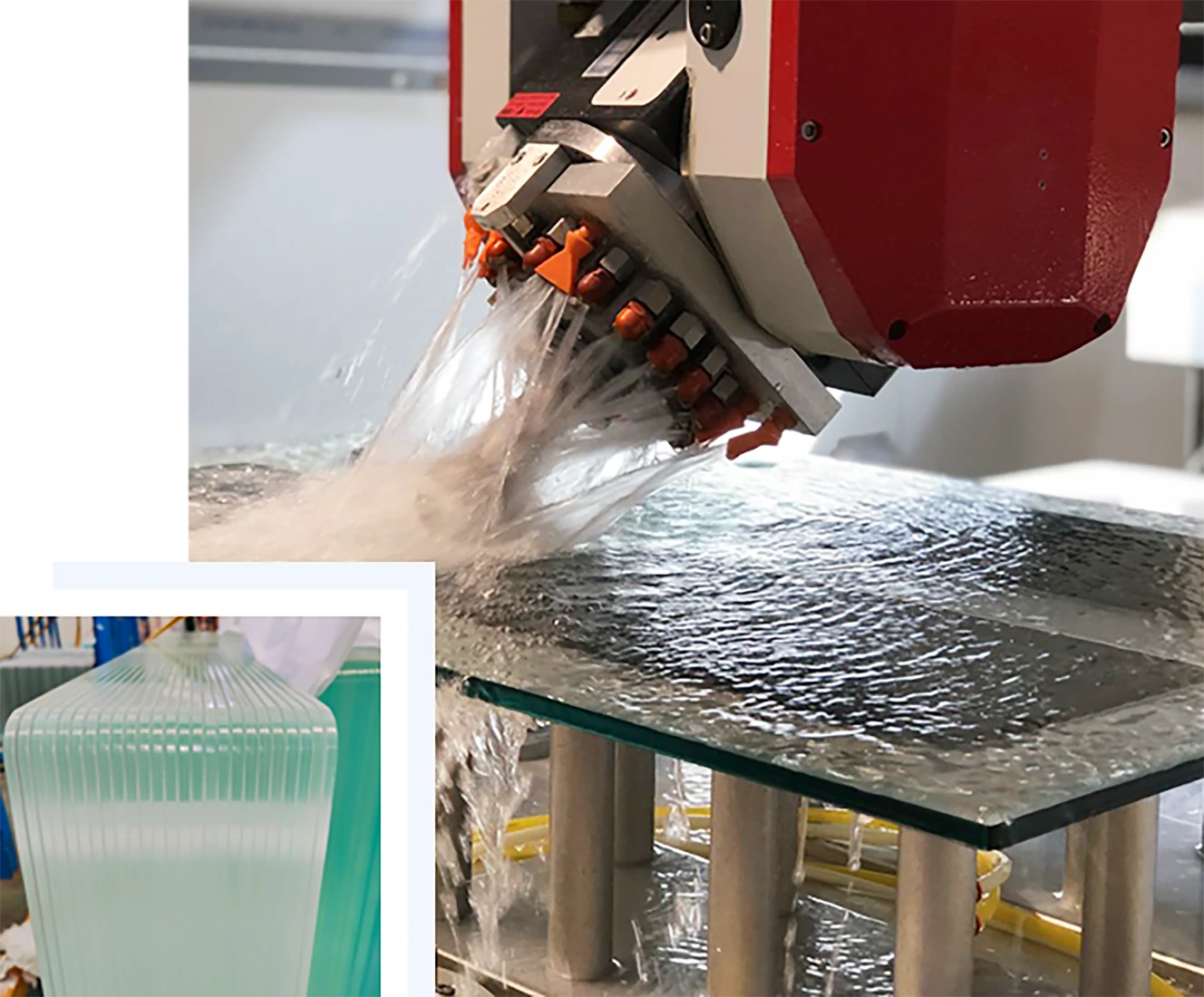Dec . 10, 2024 14:42 Back to list
Acids Commonly Used for Etching Glass Surfaces in Artistic and Industrial Applications
The Role of Acid in Glass Etching
Glass etching is a fascinating artistic process that transforms plain glass into beautiful, intricate designs. This technique has been used for centuries to create everything from decorative glassware to architectural features. One of the key components that facilitate this transformation is acid, and specifically, hydrofluoric acid (HF) is crucial in the glass etching process. This article delves into the role of acid in glass etching, focusing on hydrofluoric acid, its properties, applications, and safety considerations.
Understanding Glass Etching
Glass etching is a process that involves the application of an abrasive substance or acid to create a frosted effect on glass surfaces. This effect occurs due to the selective removal of glass material. Traditionally, glass etching was performed using techniques such as sandblasting or engraving, but chemical etching with acids has gained popularity because of its precision and ability to produce complex designs.
Hydrofluoric Acid The Choice for Etching
Among the various acids used in glass etching, hydrofluoric acid is the most effective due to its unique chemical properties. Hydrofluoric acid is a colorless, pungent liquid that can dissolve glass—this is a trait that most acids do not possess. The reason behind this capability is that hydrofluoric acid reacts with silicon dioxide (SiO₂), which is the primary component of glass. This chemical reaction leads to the formation of soluble fluorosilicates, effectively weakening and eroding the glass surface where the acid is applied.
The Chemical Reaction
The primary reaction involved in glass etching with hydrofluoric acid can be summarized as follows
\[ \text{SiO}_2 + 6 \text{HF} \rightarrow \text{H}_2\text{SiF}_6 + 2 \text{H}_2\text{O} \]
what acid is used in glass etching

In this reaction, silicon dioxide (the major component of glass) reacts with hydrofluoric acid to generate hexafluorosilicic acid and water. The formation of hexafluorosilicic acid indicates that the glass's structure has been altered, leading to the desired etching effect.
Applications of Acid Etching
The applications of acid etching are vast and varied. In the art world, it is a popular method for creating detailed designs on glass objects, allowing artists to express their creativity. This technique is also used in the production of signs, windowpanes, and decorative elements in architecture.
Moreover, acid etching is not limited to artistic purposes. The technology plays a crucial role in the manufacturing of glass items, such as lenses for optical devices and in the automotive industry for glass panels that require specific textures and patterns.
Safety Considerations
While acid etching can produce stunning results, it must be handled with extreme care. Hydrofluoric acid is highly corrosive and can cause severe burns upon contact with skin. Additionally, inhaling its fumes can be extremely dangerous. Therefore, anyone working with hydrofluoric acid must take proper safety precautions, including wearing protective gear such as gloves, goggles, and face shields.
Proper ventilation is also critical, as the fumes can be harmful when inhaled. Furthermore, emergency procedures should be in place, including immediate access to calcium gluconate gel, which can mitigate the effects of acid burns.
Conclusion
Acid etching has revolutionized the way glass can be manipulated and adorned. Hydrofluoric acid, in particular, stands out due to its ability to etch glass efficiently and effectively. While the technique opens up endless creative possibilities, it is vital for artists and manufacturers to prioritize safety. By understanding the properties of hydrofluoric acid and employing proper handling techniques, one can harness the beauty of glass etching while minimizing risks. This artistic process continues to thrive, enriching our visual experiences in everyday life.
-
Safety and Style with Premium Laminated Glass Solutions
NewsJun.24,2025
-
Reinvents Security with Premium Wired Glass
NewsJun.24,2025
-
Premium Float Glass Line for Modern Architecture
NewsJun.24,2025
-
Low Emissivity Glass for Energy-Efficient Architecture
NewsJun.24,2025
-
High-Performance Insulated Glass Solutions for Modern Architecture
NewsJun.24,2025
-
Elevates Interior Style with Premium Silver Mirror
NewsJun.24,2025
Related PRODUCTS














